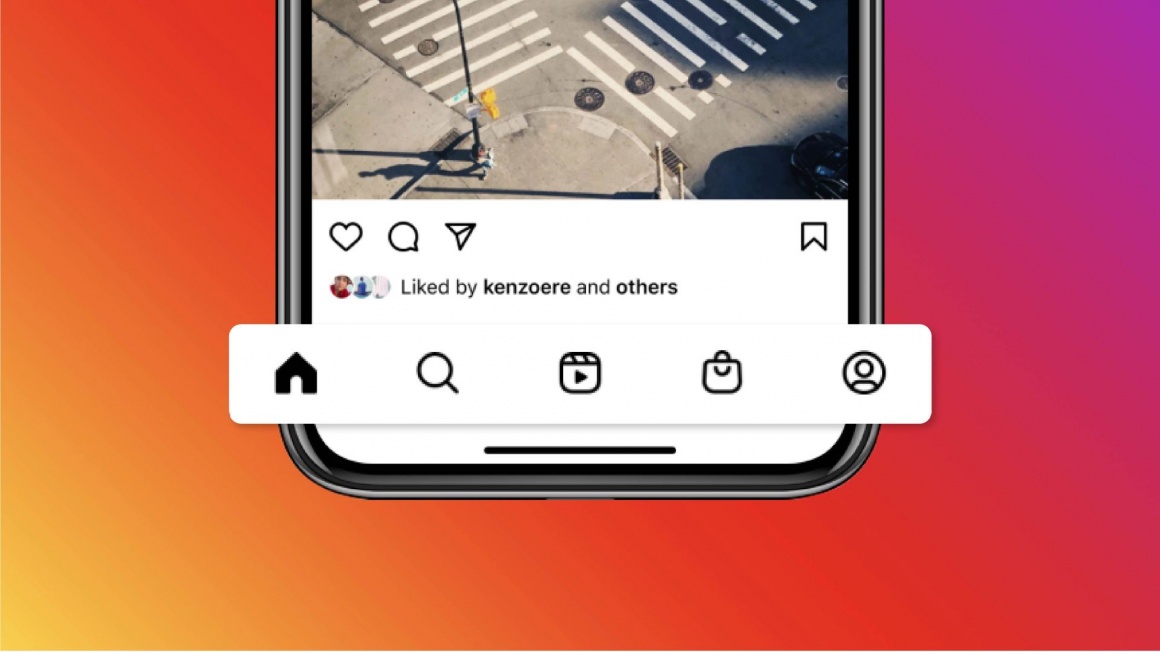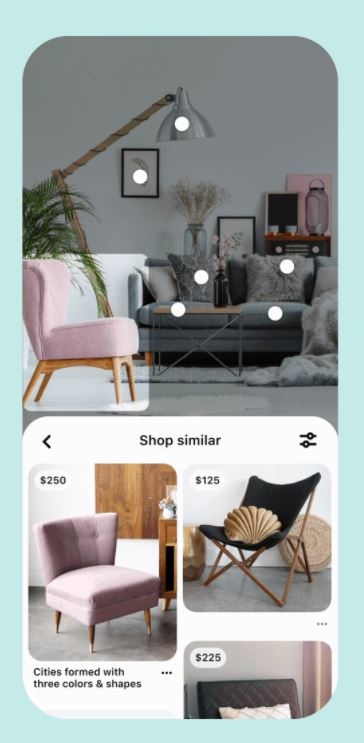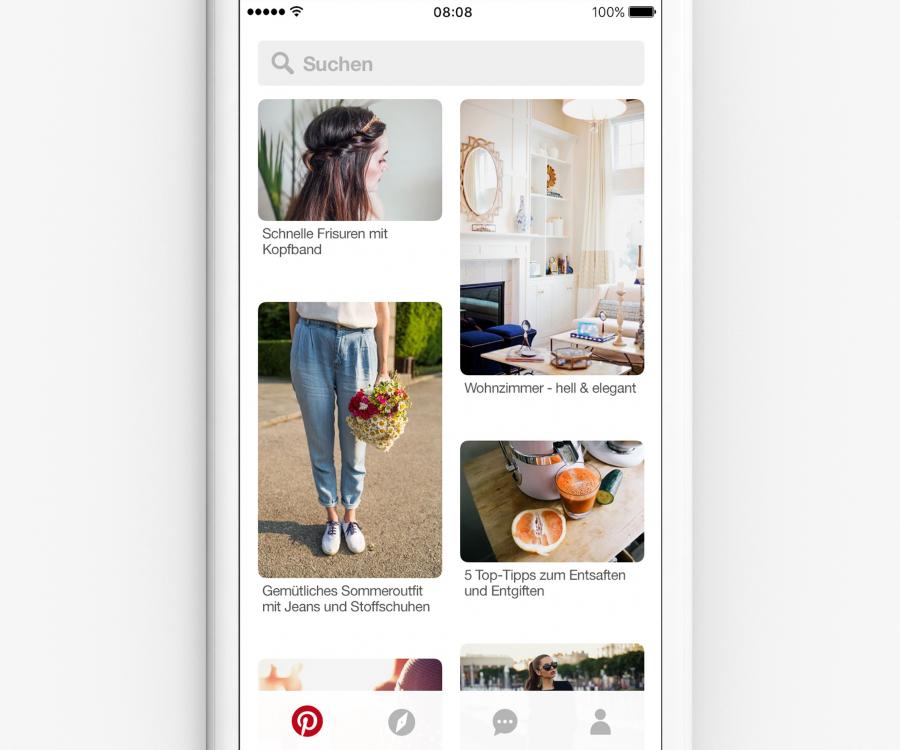
The fact that retailers and brands offer their products online where consumers spend their free time – on social media channels as well as on image and video portals – is nothing new. There have been many advertising campaigns on these channels for a long time. That's not surprising, because statistically speaking the potential is huge: According to the Digital 2020 report by We Are Social and Hootsuite from July 2020, almost four billion people or 51 percent of the global population use social media. And the number of users is growing rapidly.
"Social commerce" or "social selling", on the other hand, is starting surprisingly slowly at first, but things are evolving in the industry. Here is a brief overview without claims of being complete.
Shoppable content on social platforms
WhatsApp enables companies to create product catalogs through their WhatsApp business service and to provide users with a shopping button in their chat history. Instagram and Facebook are also regularly expanding their store functionalities. For example, companies in the U.S. can use Checkout on Instagram, consumers can buy products in the Instagram app and pay with Facebook Pay.

Facebook's competition isn't resting either.
In collaboration with Shopify, Snapchat makes in-app sales of products possible for Shopify merchants. The online photo platform Pinterest has been working on its e-commerce functionality for a long time. This seems obvious, many users look here for inspiration and tips for design and shopping. However, the "Buyable Pins", launched in 2015, have been discontinued for the time being and users are redirected to the retailer's website to make a purchase. In the meantime, Pinterest has become not only a sales channel for retailers, but also a real e-commerce platform with its own analysis tools.

Very recently the news service Bloomberg reported that Google plans to transform its video platform YouTube into a sales channel using shopping functionality. The video platform TikTok has been experimenting with e-commerce functionality for some time. In TikTok's Chinese version Douyin, users and companies can offer and sell their products directly in the app.
Why is the integration in social media coming?
With "shoppable posts" or "shoppable ads" there are some major differences to traditional online advertising.
Instead on external sites such as the online store or the merchant site in a marketplace, the purchase takes place in the original app itself. Consumers stay with the "look and feel" of the channel and are enabled to buy with as few clicks as possible and without having to register with the retailer separately. On content platforms and social media channels, advertised products can also look more like content than ads.
Influencer marketing is booming and has its natural home on social media and video channels. Another big advantage for advertisers: The platforms know their users very well, target groups can be addressed precisely.
And another important factor are the mobile devices, smartphones or tablets. Users access these channels and platforms on their mobile devices, often using features such as cameras or speech recognition. Visual search, which is product search with images, or voice commerce offer a great deal of potential for everyday use. Pinterest, a channel that has always focused on images, integrated visual search functions early on with Pinterest Lens. Shopping via social media and video channels has not yet established itself, but the potential is certainly there.




